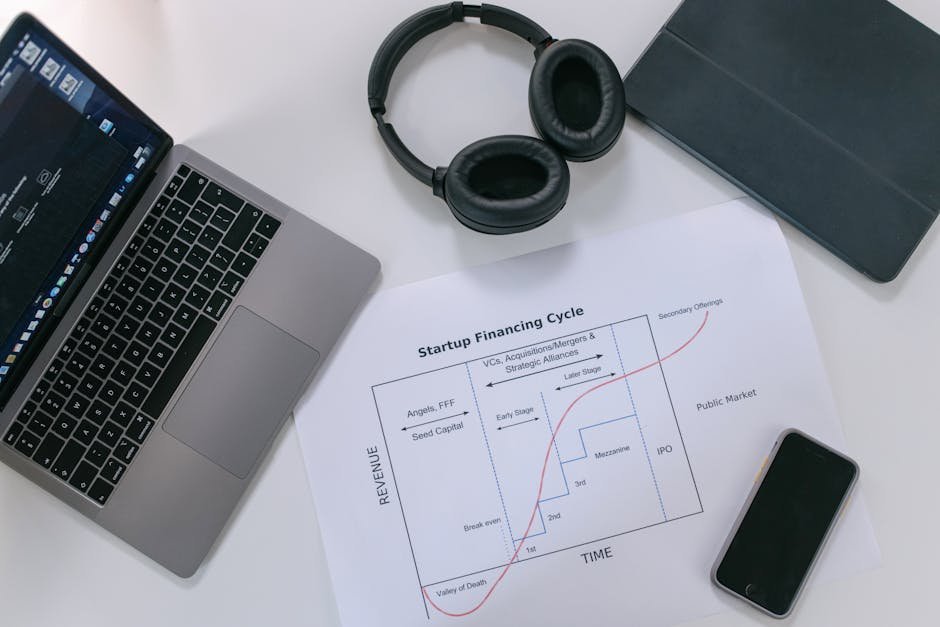Lean Six Sigma Methods for Agile Teams: A Comprehensive Guide
In the fast-paced world of business, efficiency and adaptability are crucial. Lean Six Sigma and Agile methodologies are two powerful approaches that have transformed industries by enhancing productivity, quality, and customer satisfaction. But what happens when these methodologies intersect? This blog post explores how Lean Six Sigma methods can be effectively integrated into Agile teams to create a powerhouse of efficiency and innovation.
Understanding Lean Six Sigma and Agile
Before diving into the specifics of integrating Lean Six Sigma with Agile, let’s briefly define these methodologies.
What is Lean Six Sigma?
Lean Six Sigma is a data-driven approach that combines Lean manufacturing principles and Six Sigma methodologies to improve processes, eliminate waste, and reduce variation. It aims to achieve near-perfect quality and efficiency by identifying and removing the causes of defects and minimizing variability in manufacturing and business processes. According to a study by the Journal of Quality in Maintenance Engineering, organizations using Lean Six Sigma have seen up to a 50% reduction in production costs and a 90% reduction in defects.
What is Agile?
Agile is a project management and product development approach that emphasizes flexibility, collaboration, and customer feedback. It is designed to help teams deliver products incrementally and iteratively, allowing for frequent reassessment and adaptation. The Agile Manifesto, created in 2001, outlines values and principles that prioritize individuals and interactions, working software, customer collaboration, and responding to change over following a fixed plan.
The Synergy Between Lean Six Sigma and Agile
At first glance, Lean Six Sigma and Agile might seem at odds due to their distinct focuses—Lean Six Sigma on process improvement and Agile on project management. However, their combination can create a synergistic effect that enhances both methodologies.
Enhancing Process Efficiency
Lean Six Sigma’s focus on eliminating waste and reducing defects can complement Agile’s emphasis on delivering high-quality products quickly. By incorporating Lean Six Sigma tools like DMAIC (Define, Measure, Analyze, Improve, Control) into Agile processes, teams can streamline their workflows, resulting in faster delivery times and improved product quality.
Promoting Continuous Improvement
Agile’s iterative nature aligns well with Lean Six Sigma’s commitment to continuous improvement. Agile sprints can be seen as opportunities to apply Lean Six Sigma techniques, such as Kaizen (continuous improvement) events, to assess and improve processes regularly. This integration fosters a culture of continuous learning and development, which can lead to significant performance gains over time.
Data-Driven Decision Making
Lean Six Sigma’s reliance on data for decision-making can enhance Agile teams’ ability to make informed choices. By incorporating tools like Control Charts and Root Cause Analysis, Agile teams can identify patterns and issues more effectively, leading to better decision-making and more successful project outcomes.
Implementing Lean Six Sigma in Agile Teams
Integrating Lean Six Sigma into Agile teams requires careful planning and execution. Here are some actionable steps to achieve this integration:
Training and Education
Invest in training your Agile team members in Lean Six Sigma principles and tools. This training can include workshops, online courses, and certification programs. Empowering team members with this knowledge will enable them to identify opportunities for process improvement and contribute to the team’s overall effectiveness.
Customize the Approach
It’s essential to tailor the Lean Six Sigma approach to fit the unique needs of your Agile team. Not all tools and techniques will be applicable, so focus on those that align with your team’s goals and objectives. For instance, if your team struggles with consistent delivery, tools like Value Stream Mapping can help identify bottlenecks and streamline workflows.
Integrate Tools and Techniques
Incorporate Lean Six Sigma tools into Agile ceremonies and processes. For example, use Pareto Charts during retrospectives to prioritize issues that have the most significant impact on the team’s performance. Encourage team members to regularly use Lean Six Sigma methodologies to analyze and improve their workflows.
Foster a Culture of Collaboration
Successful integration requires collaboration between Lean Six Sigma experts and Agile practitioners. Encourage cross-functional teams that include members with expertise in both methodologies. By fostering open communication and collaboration, teams can leverage the strengths of each approach to achieve optimal results.
Real-World Examples of Lean Six Sigma and Agile Integration
Several organizations have successfully integrated Lean Six Sigma with Agile methodologies to improve their processes and outcomes. Here are a few examples:
Example 1: Software Development
A leading software development company integrated Lean Six Sigma with Agile to enhance its software delivery process. By applying Lean Six Sigma techniques like Root Cause Analysis and Process Mapping, the company identified bottlenecks in its development pipeline. As a result, they reduced cycle times by 30% and increased customer satisfaction scores by 20%.
Example 2: Manufacturing
A manufacturing firm combined Lean Six Sigma with Agile to accelerate product development and reduce defects. By implementing Kaizen events during Agile sprints, the firm identified areas for improvement in its production process. This integration led to a 40% reduction in lead time and a 50% decrease in defects, resulting in significant cost savings and improved product quality.
Conclusion: The Future of Lean Six Sigma and Agile Collaboration
In an ever-evolving business landscape, the integration of Lean Six Sigma methods into Agile teams offers a powerful approach to achieving operational excellence. By combining the strengths of both methodologies, organizations can enhance efficiency, quality, and customer satisfaction.
As more companies recognize the benefits of this integration, it’s likely that Lean Six Sigma and Agile will continue to evolve together, creating innovative solutions to meet the demands of a dynamic market. By adopting this synergistic approach, your organization can stay ahead of the competition and deliver exceptional value to customers.
For those looking to implement Lean Six Sigma in Agile teams, remember that success requires a commitment to training, collaboration, and continuous improvement. By embracing this integration, you can unlock the full potential of your team’s capabilities and drive meaningful change in your organization.













